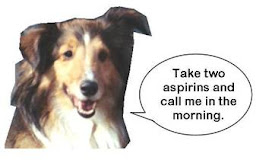 I was thinking today about the phrase that’s used during the Ash Wednesday liturgy. It’s spoken during the imposition of ashes. “Remember that you are dust, and to dust you shall return.” That’s true at many different levels. Of course, theologically, we’re reminded of our mortality and our utter dependence on God. We, like everything else that has arisen from the earth, will one day return to the earth.
I was thinking today about the phrase that’s used during the Ash Wednesday liturgy. It’s spoken during the imposition of ashes. “Remember that you are dust, and to dust you shall return.” That’s true at many different levels. Of course, theologically, we’re reminded of our mortality and our utter dependence on God. We, like everything else that has arisen from the earth, will one day return to the earth.We’re also reminded of our origin, as beings of this planet, in the heart of our sun. We are creatures of star dust. Continuing along this cosmological train of thought, we’re told that the universe—space itself—will either continue expanding or will eventually contract into a “big crunch”: the opposite of the “big bang.” Everything—literally all matter—is reduced to its constituent components. But what are these components? Ever smaller bits until the known laws of physics no longer make sense.
That’s part of what I was thinking today with ashes on my forehead…











